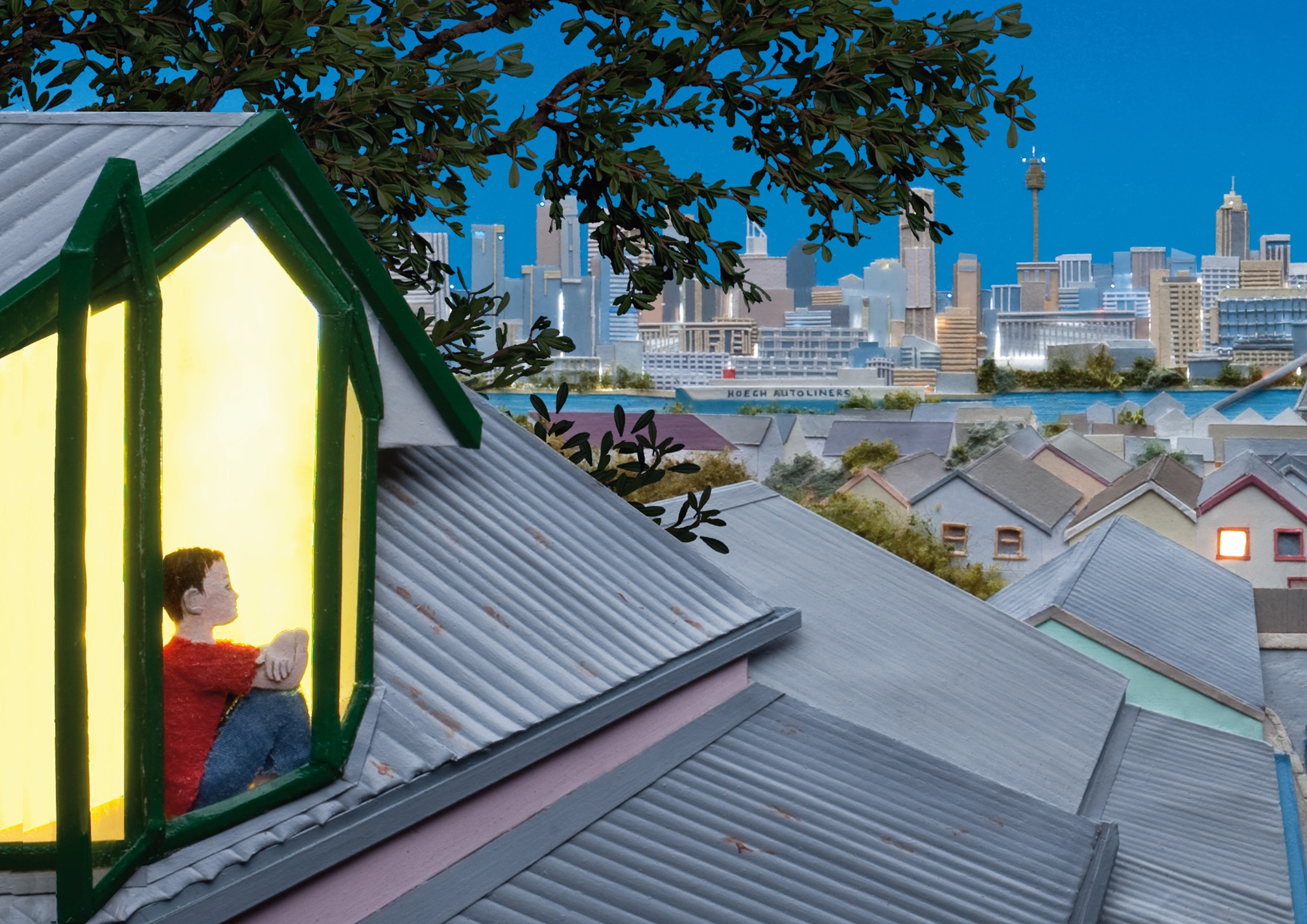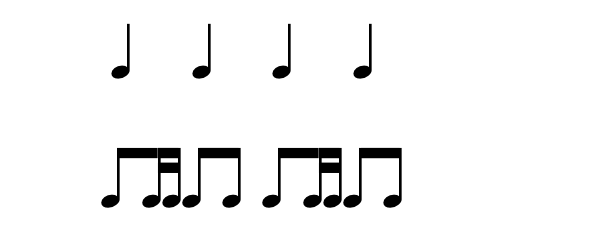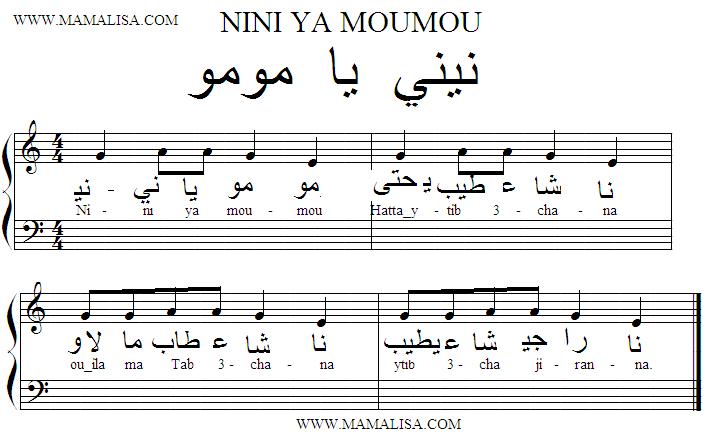In late 2013 I was fortunate to be invited to a joint Arts (Dance, Drama, Music) project with the Sydney Catholic Dioceses arts unit CASPA to work on a primary education project around Jeannie Baker’s book, Mirror.
The entire day revolved around building on the concept of ‘Mirror’ and how this could be represented in music, dance or theatre and then culminating in our own compositions and choreography. It was an incredible experience and my music sessions are outlined below. They flowed on together as one long lesson. My year 7 and 8 students loved this sequence of learning when we studied Paul Jarman’s Volta do Mar Largo later that term!
Listening & Movement
To the music of Paul Jarman’s Ancient City face a partner and make physical actions to the music.
1. In pairs mirror each others movements
2. Now echo (implying a slight delay)
3. The leader now makes a pose which is then echoed by the other partner
Rhythm
1. March in a circle humming ‘The Bride’ from Algerian Berber recording at Smithsonian Folkways. Definitely a good purchase.
2. Change directions when each new phrase begins. What do you notice? (hint: phrases are in 3 bar groups)
3. March around the room to the 4/4 pulse chanting the words, Dance to the beat now to instruct the quaver semiquaver pattern below.
4. In groups use your bodies in a series of shapes to outline the structure of the piece
5. Keep the shapes and introduce percussion instruments for the main pulse and Dance to the beat now ostinato.
Make sure to question the students at each step. What do you notice? How do the phrases repeat? Do they ascend or descend? Their movement, shapes, clapping and percussion playing would have given them these answers already!
Pitch
1. Participants are then taught a song in Arabic from MamaLisa.Com called Nini ya moumou.
2. Song is taught first with rhythmic patching while teacher sings
3. Repeat any of the above activities if needed
4. Teacher shows solfege and has students/participants copy each phrase (start with so la la so mi)
5. Teacher adds in a drone on C and then a drone on E (implying a phrygian tonality)
Composition with iPads
We then finished off this process using Garageband on the iPad to create our own compositions, incorporating all of the elements we had covered above. Some groups really took to the E Phrygian mode idea and with Garageband’s smart instruments some very creative compositions were made by the end of the day.
If you want to learn more about the book Mirror or get some free lesson ideas for junior school visit Walker Books for their Classroom Ideas PDF.
Book cover image from http://www.jeanniebaker.com/mirror.htm


